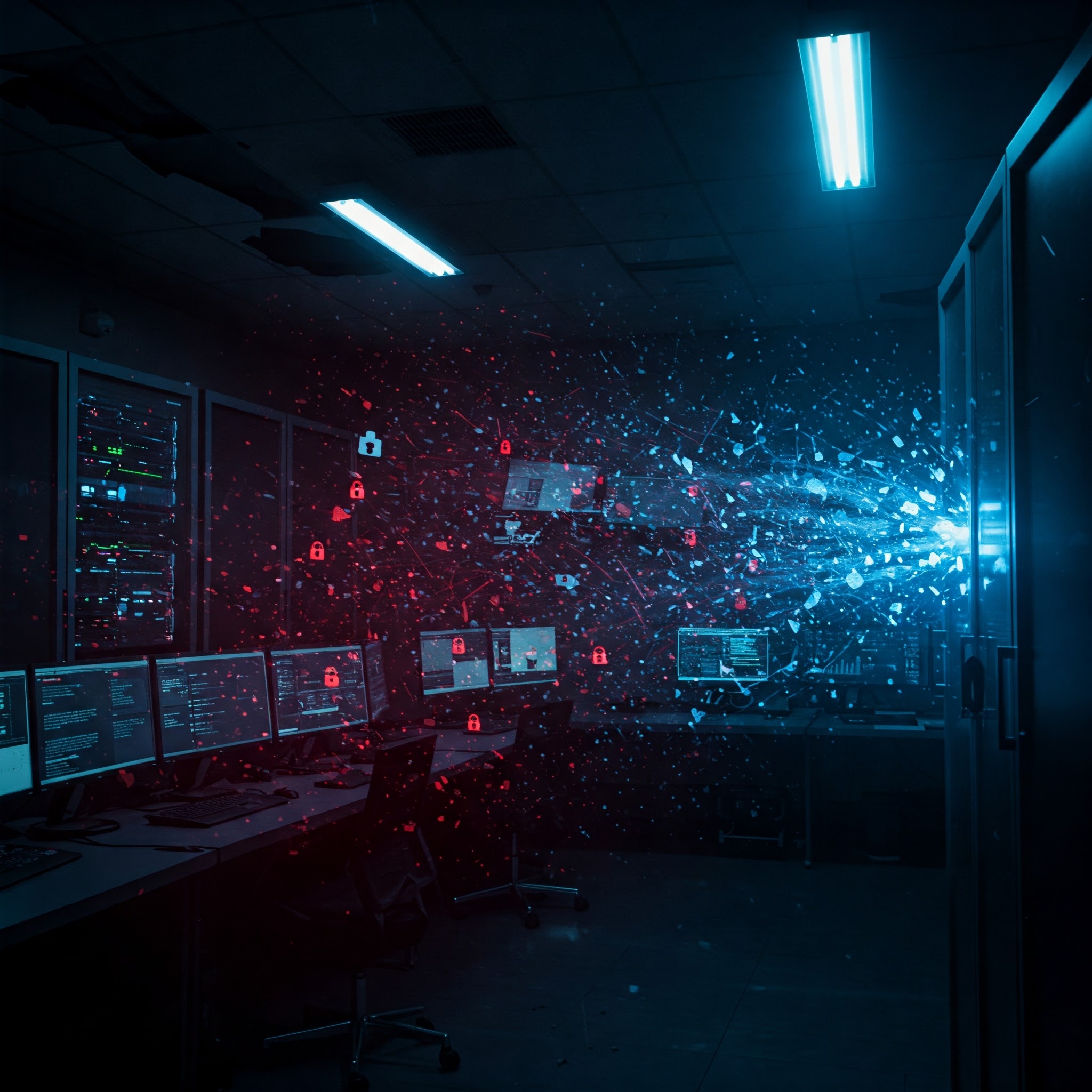I first met Stefanie Chiras, Senior Vice President, Partner Ecosystem Success, Red Hat, in November 2021. During our conversation, she revealed her ambitious vision: to cultivate an empowering ecosystem that would propel Red Hat's growth and serve as a benchmark for the entire industry. She emphasized her commitment to a sustained, long-term journey. Over the ensuing four years, I witnessed her and her entire partner team's unwavering dedication to this mission, driving both incremental and generational changes that solidified the ecosystem's importance. Fast forward to today, April 2025, her endeavor has materialized; the concept of an ecosystem has become fundamental to Red Hat's strategic direction, and a significant number of leading IT vendors have integrated themselves into this network.
In today's dynamic IT landscape, the notion of a singular vendor providing all solutions has become anachronistic. The complexity of enterprise needs, the rapid pace of technological evolution, and the imperative for agility necessitate a collaborative approach —a vibrant ecosystem where innovation is a shared endeavor. Red Hat, an enterprise software company with an open source development model, has long understood this fundamental truth, and its evolved ecosystem strategy for 2025 underscores its commitment to fostering a robust network of partners that collectively drive customer success in the hybrid cloud and AI-driven future.
Far from being a mere add-on, Red Hat's ecosystem vision is deeply interwoven with its core strategy, serving as a critical engine for growth, adoption, and expansion. It's a testament to the company's open, inclusive, and collaborative culture, where the best ideas are recognized as emanating from within Red Hat and its vibrant communities, customers, and, uniquely, its partners. This foundational belief permeates every facet of Red Hat's ecosystem strategy, setting it apart from vendors who may view partnerships as transactional rather than transformational.
The Strategic Pillars of Red Hat's 2025 Vision: An Ecosystem-Centric Approach
Red Hat's overarching strategy for 2025 rests on three core pillars, each inextricably linked to the power of its ecosystem:













